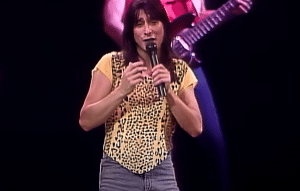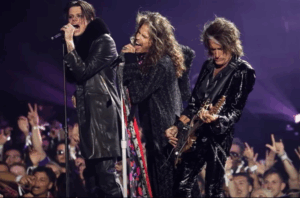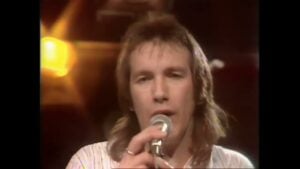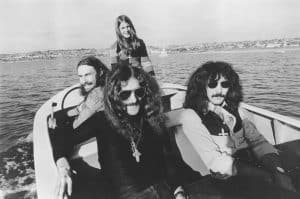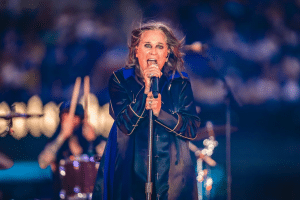10 Iconic 60s Fads That Defined the Decade
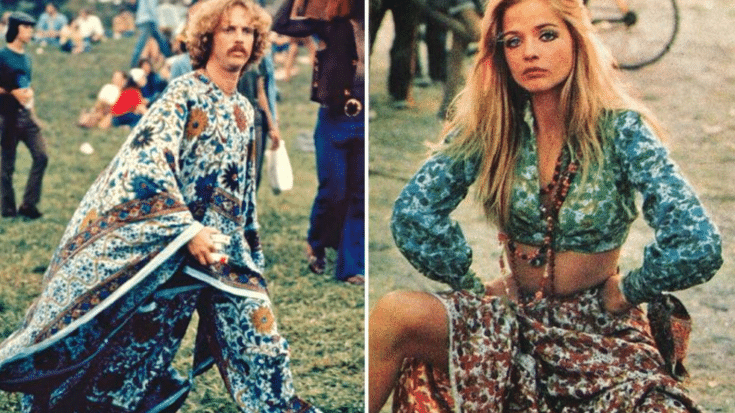
via Omega Fashion / Facebook
The 1960s was a time of cultural change and experimentation. Fashion, music, and lifestyle trends shaped the era, leaving a lasting impact on society. Some fads may seem strange now, but back then, they were all the rage. Here are 10 iconic fads from the ’60s that defined the decade.
1. Tie-Dye Clothing
Tie-dye clothing became one of the most recognizable fashion trends of the ’60s. Its colorful, swirled patterns symbolized freedom and creativity. People loved making their own tie-dye shirts, which became a staple in the wardrobes of hippies and counterculture movements.
The simple process of twisting and dyeing fabric appealed to many, and it was a way to stand out in the crowd. Tie-dye remains a symbol of the era and continues to be popular in fashion today.
2. The Twist Dance
When Chubby Checker’s song “The Twist” hit the airwaves in 1960, it sparked a dance craze that took over nightclubs and living rooms alike. Unlike earlier dances, the Twist didn’t require partners to hold each other, which made it easy for people of all ages to join in.
The dance was a major part of the 1960s party scene, and its simple, twisting moves could be done anywhere. The Twist became a symbol of the more carefree and independent spirit of the decade.
3. Go-Go Boots
Go-go boots were knee-high, shiny boots that became a fashion statement in the mid-’60s. Worn by dancers in nightclubs known as go-go clubs, these boots soon became a favorite of young women looking to emulate the stylish dancers.
Paired with short dresses and skirts, go-go boots represented the fun and fashionable side of the decade. They became a symbol of mod fashion, which emphasized bold, futuristic styles.
4. Bell-Bottoms
Bell-bottom pants, with their flared legs, became a fashion sensation in the late 1960s. Originally worn by sailors, the style found its way into mainstream fashion and quickly became associated with the free-spirited attitude of the time.
Paired with colorful shirts and platform shoes, bell-bottoms were a favorite among hippies and anyone wanting to stand out. Their wide legs and casual look made them a popular choice for both men and women.
5. Lava Lamps
View this post on Instagram
Invented in 1963, the lava lamp became a symbol of ’60s counterculture. Its slow-moving blobs of wax, floating in colored liquid, provided a calming and mesmerizing effect. Lava lamps were often found in the homes of young people and became a staple of psychedelic decor.
The lamp’s unique look, combined with its relaxing glow, made it a perfect fit for the era’s laid-back vibe. Though its popularity peaked in the ’60s, lava lamps are still around today as a retro piece of decor.
6. Miniskirts
The miniskirt, which rose to prominence in the 1960s, represented a dramatic shift in fashion. Designed by British fashion icon Mary Quant, the short skirts became a symbol of youthful rebellion and independence. Women embraced the style, which broke away from the conservative fashion norms of the past.
Worn with colorful tights or go-go boots, miniskirts helped define the bold, daring style of the decade. They became a key part of the mod fashion movement and are still popular in various forms today.
7. Mood Rings
Mood rings, introduced in the late ’60s, claimed to change colors based on the wearer’s emotions. While the rings were actually reacting to body temperature, many people believed they could reflect their mood. The color-changing stone became a fun accessory, especially among teens.
Even though mood rings didn’t live up to their mystical claims, they captured the interest of a generation fascinated by self-expression and new age ideas. They remain a popular novelty item today.
8. Peace Signs
The peace sign became a defining symbol of the 1960s anti-war movement. Originally designed for a British nuclear disarmament campaign, it was adopted by protesters in the U.S. during the Vietnam War. The symbol appeared on everything from posters to clothing, representing the desire for peace.
Wearing or displaying the peace sign became a way to show opposition to the war and support for the growing counterculture movement. It remains one of the most recognizable symbols of the era.
9. Psychedelic Art
Psychedelic art exploded in popularity during the 1960s, influenced by the rise of drug culture and the countercultural movement. This style of art featured bright, swirling colors and abstract shapes, often mimicking the effects of hallucinogens like LSD.
Posters, album covers, and concert flyers were filled with psychedelic designs, capturing the spirit of the era. This colorful, mind-bending art became synonymous with the ’60s and had a lasting influence on visual design.
10. Love Beads
Love beads were a simple but meaningful fashion accessory in the ’60s. These colorful, handmade strings of beads were often given as gifts between friends and lovers, symbolizing peace, love, and harmony. Worn around the neck or wrist, love beads became a staple of hippie fashion.
Though they were just simple beads, the meaning behind them reflected the values of the decade’s counterculture movement. Love beads became a way for people to express their beliefs without saying a word.





